What is CO2 Laser Resurfacing?
- CO2 laser resurfacing is an advanced cosmetic procedure designed to rejuvenate the skin by using a high-precision laser to remove damaged skin cells. This fractional laser treatment targets the epidermis and dermis, stimulating collagen production and improving the skin’s texture and tone. CO2 laser is particularly effective for addressing fine lines, wrinkles, age spots, acne scars, and sun damage, leaving you with smoother, younger-looking skin.
- During CO2 laser resurfacing, a specialized fractional laser is used to deliver controlled bursts of light to the skin's surface. The laser vaporizes damaged skin cells and promotes the regeneration of healthy skin tissue. The treatment is highly customizable, allowing Dr. Maleki to target specific areas of concern such as under-eye wrinkles all the way to the lashline.
- Depending on the extent of treatment, topical anesthetics or sedation may be used to ensure comfort during the procedure. The entire session typically takes 30 minutes to an hour, depending on the size and number of areas being treated.
Benefits of CO2 Laser Resurfacing
- Improved Skin Texture & Tone: Effectively smooths out uneven skin, minimizes fine lines, and reduces wrinkles.
- Tighter, Firmer Skin: Stimulates collagen production, resulting in skin that appears more youthful and plump.
- Reduction of Pigmentation Issues: Helps to lighten age spots, sun spots, and melasma, promoting an even skin tone.
- Improved Acne Scars: Reduces the appearance of scars, especially from acne, giving the skin a more uniform look.
Long-lasting Results: The effects of CO2 laser resurfacing are long-lasting, with improvements continuing as collagen production increases over several months.
What to Expect During the CO2 Laser Recovery Period
Recovery from full-face CO₂ laser resurfacing is a crucial part of the rejuvenation process — and it's important to go into it with clear expectations. This is a powerful treatment with transformative results, but it also involves significant downtime.
Days 1–3: Immediate Aftercare
- Right after the procedure, your face will feel warm, tight, and swollen — similar to a deep sunburn.
- Oozing, redness, and pinpoint bleeding are expected during the first 48–72 hours.
- You’ll be advised to keep your skin well-moisturized with a specific post-procedure ointment and to cleanse the area gently, multiple times a day with Water and vinegar.
- Cold compresses and head elevation can help manage swelling and discomfort.
Days 4–7: Peeling and Crusting
- By day 4 or 5, a dark crust or bronze film will begin to form and then start to slough off as new skin regenerates beneath.
- It is critical not to pick or peel the skin prematurely, as this can lead to scarring or hyperpigmentation.
- Redness may become more intense during this stage before starting to subside.
Week 2: Pink, Sensitive New Skin
- By the end of the first week, most of the peeling is complete, but your skin will remain pink, delicate, and highly sensitive.
- Redness can persist for several weeks, and some patients may experience prolonged sensitivity to skincare products or sunlight.
- You can usually begin wearing makeup after day 10, but only using gentle, non-irritating products.
Weeks 3–6: Continued Healing and Rebuilding
- The pinkness will gradually fade over several weeks, and your skin texture will continue to improve as collagen production increases.
- It's common to have temporary breakouts, dryness, or areas of hyperpigmentation during this phase. Dr. Maleki and his team of skin specialist will monitor your recovery closely and manage any signs of hyperpigmentation.
- Sun protection is essential — daily broad-spectrum sunscreen (SPF 50+) and avoidance of direct sun exposure are non-negotiable.
3 Months and Beyond: Final Results Emerge
- Over the next several months, collagen remodeling continues beneath the surface. Fine lines soften, texture improves, pores shrink, and pigmentation evens out.
- For most patients, final results are visible around 3–6 months post-treatment.
Dr. Maleki has extensive experience performing CO₂ laser resurfacing and incorporates this treatment as part of his signature facial rejuvenation protocols. He provides detailed, customized aftercare instructions to help ensure optimal healing and outcome. His priority is to achieve significant, long-lasting improvement — without shortcuts.
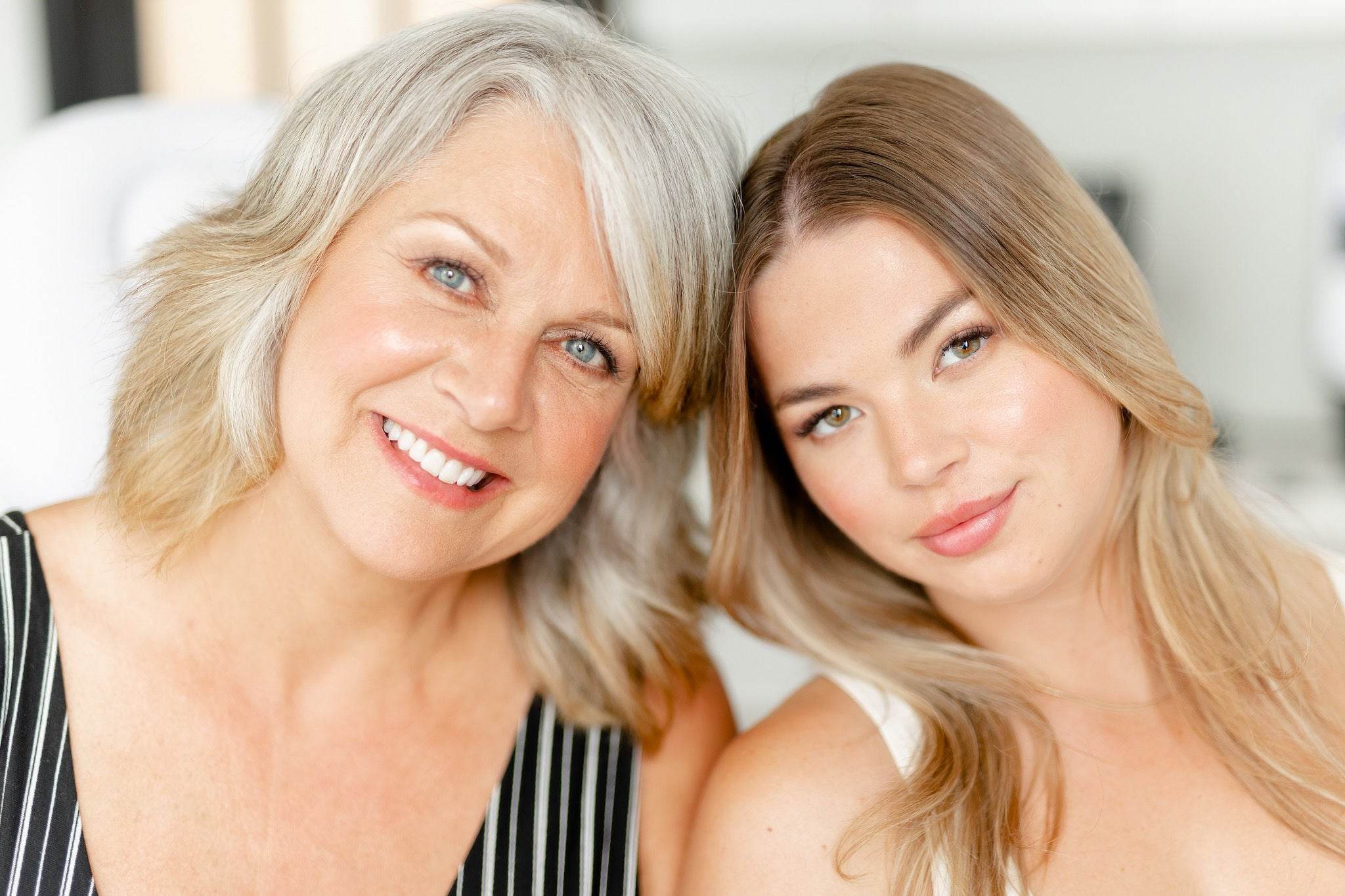
Who is a good candidate for CO2 laser resurfacing?
CO₂ laser is generally most suitable for Fitzpatrick skin types I to III (fair to light olive skin tones), as these types carry a lower risk of complications like post-inflammatory hyperpigmentation or hypopigmentation.
Patients with Fitzpatrick types IV to VI (medium to deep olive, brown, or dark skin tones) may still be candidates, but require:
- Careful evaluation and pre-treatment planning
- Customized laser settings
- Pre- and post-care protocols (e.g., topical lightening agents, longer healing times).
Dr. Maleki carefully assesses each patient’s skin type and history before recommending CO₂ laser, and may suggest alternative treatments ( other lasers such as Halo ) or combination therapies for darker skin tones to minimize risk and maximize results.
Before/After CO2 Laser Resurfacing
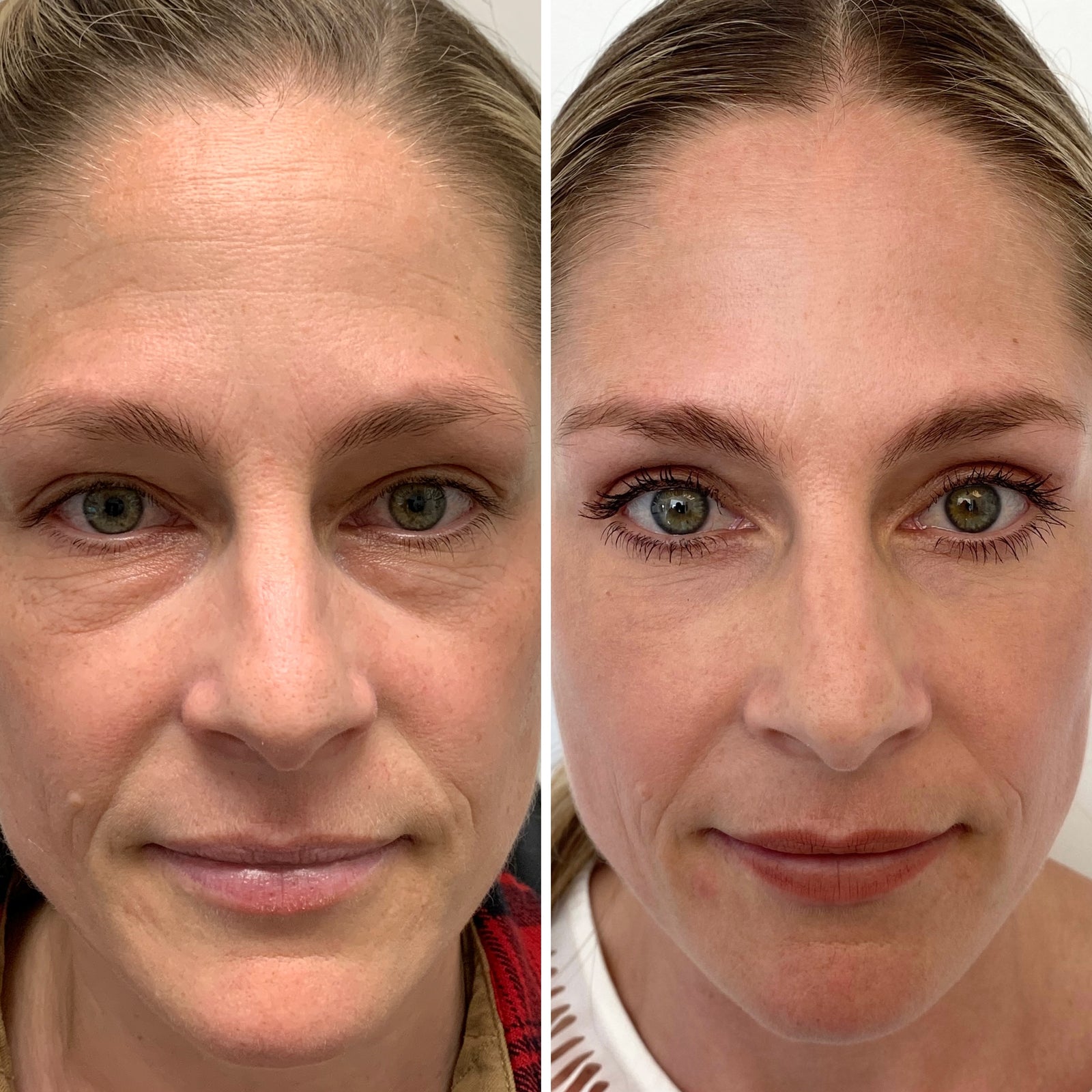
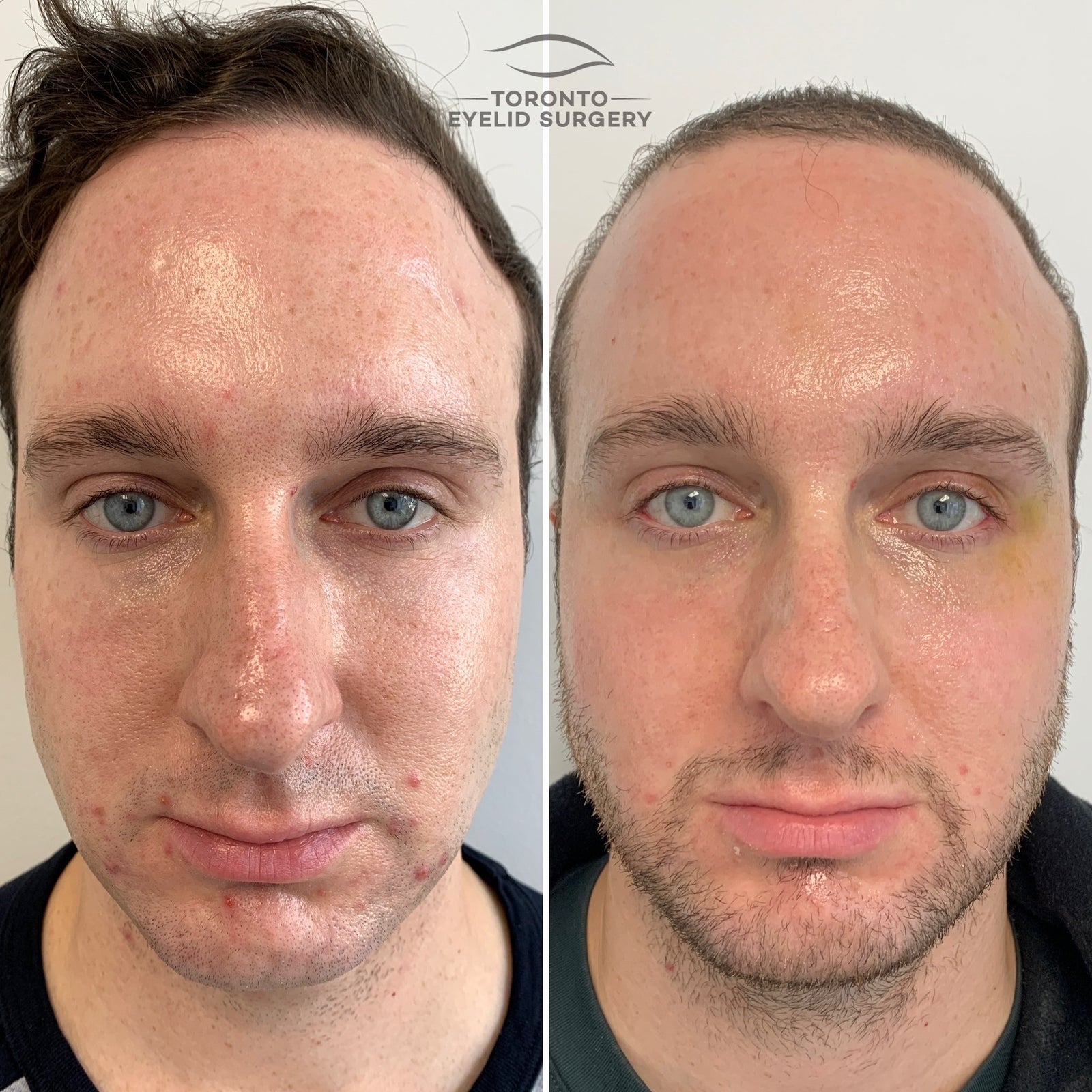
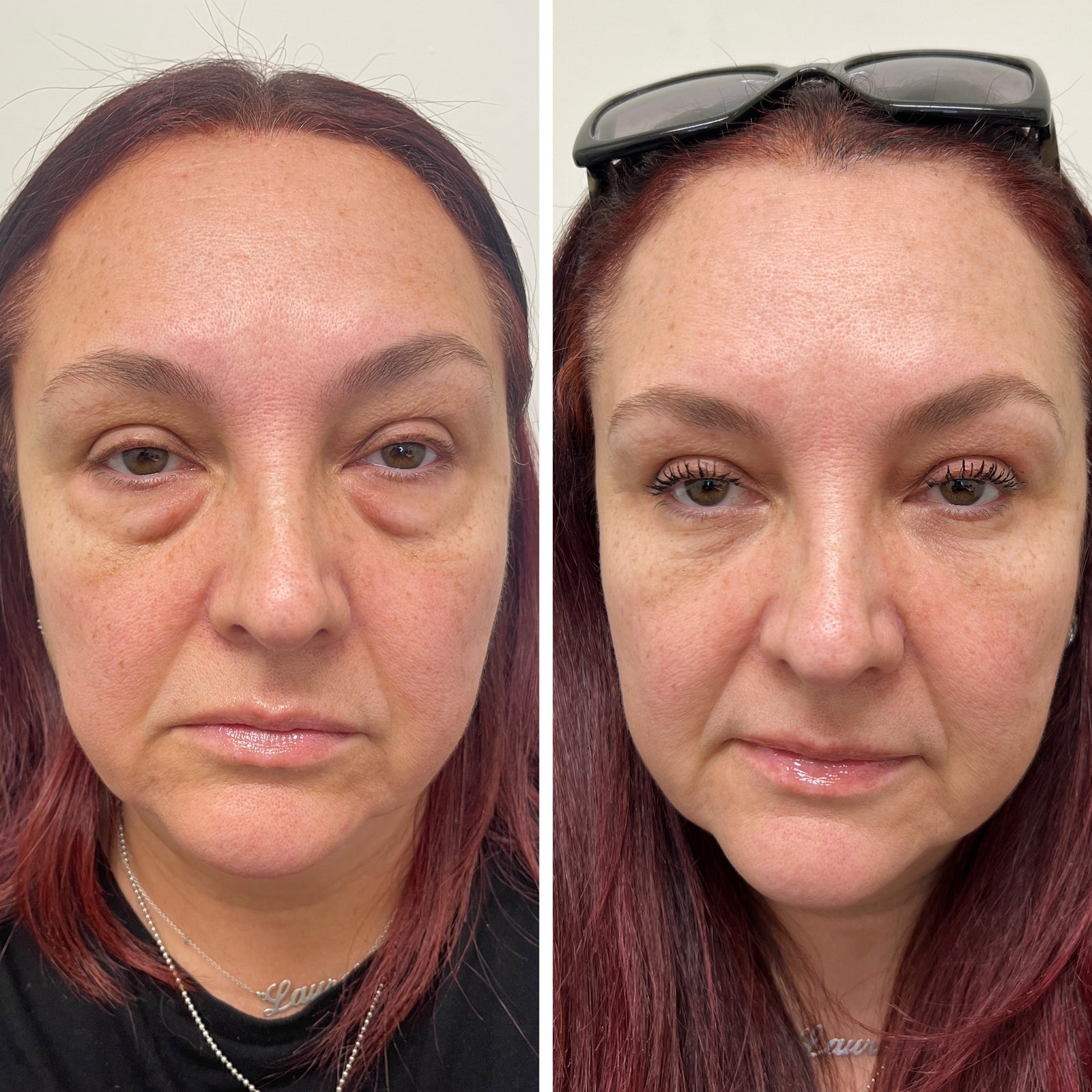
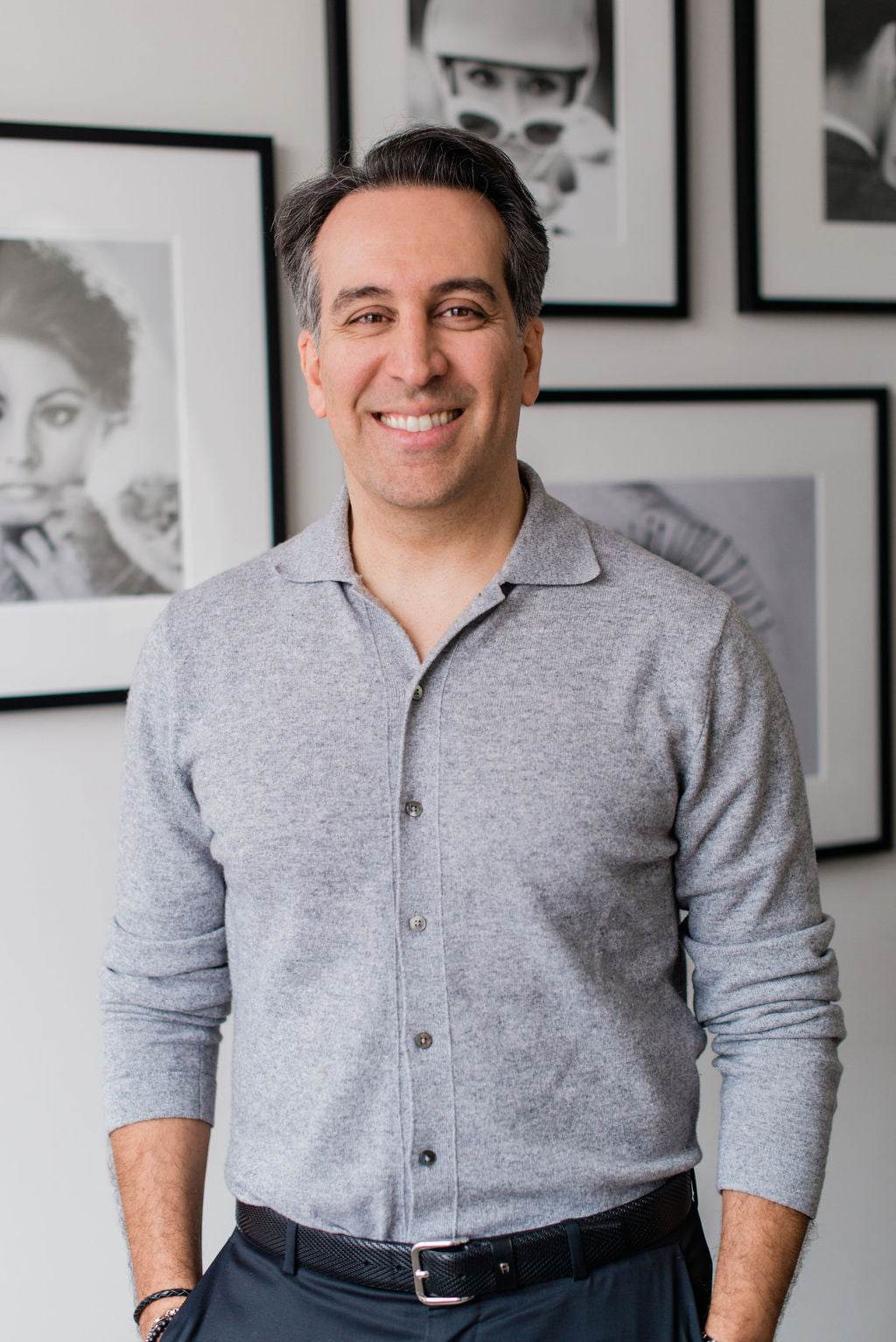
Why Choose Dr. Maleki for Your CO2 Laser Resurfacing?
Dr. Babak Maleki’s expertise in cosmetic procedures ensures that each CO2 laser resurfacing treatment is tailored to the individual needs of the patient, resulting in optimal outcomes. His commitment to patient care and use of cutting-edge technology makes him a trusted choice for those looking to improve their skin’s appearance and health.
Schedule a consultation with Dr. Maleki today to learn more about how CO2 laser resurfacing can help you achieve radiant, youthful skin.


